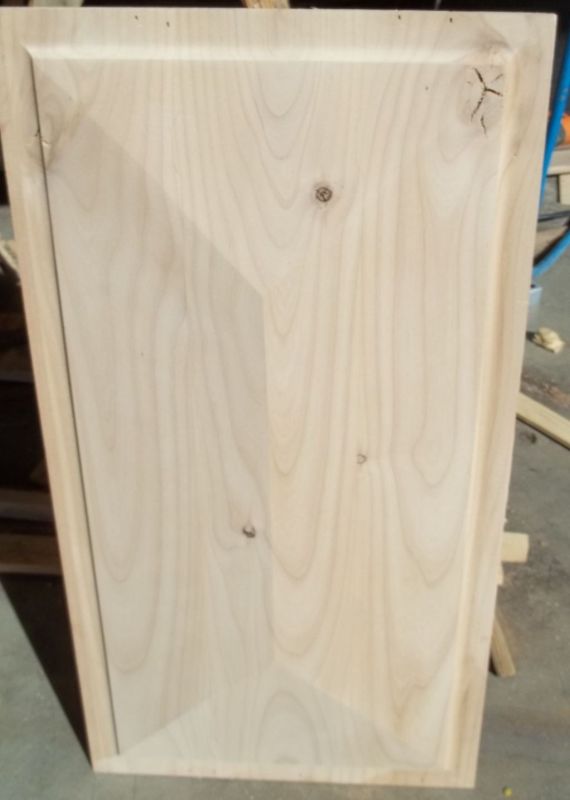Miter Saw Blade Cut Creep
Saw blades pulling on the work can pull cut angles slightly out of whack. Here, craftsmen suggest solutions for accurate cutting. March 20, 2006
Question
We currently have an Omga chop saw with a Forrest Chopmaster blade on it. At 90, it cuts about as perfectly square and clean as you would want. At 45, it creates a slight bevel, leaving the top (face) open a hair. After much troubleshooting, I have discovered the problem is with the blade and not the saw. Any hardwood is a problem, while ultralight MDF is perfect. The blade is still quite sharp, with beautifully clean cuts at 90. I can't figure out what changes at 45 in a denser wood. Any help appreciated.
Forum Responses
(Cabinetmaking Forum)
From contributor D:
Has the blade ever been re-sharpened? By who? I have found Forrest Chopmasters to be the best there is. I also found they do need to be sent back to Forrest to be properly sharpened. It seems they are the only ones who know how to sharpen their blades.
From contributor A:
I find that Forrest blades cut the best when sharp. However, the lack of taper on the teeth (by design, they actually scrape the wood) can contribute to problems when they are dulling. They get clogged more than any blade I've owned. I would buy a more typical brand that has a more conventional tooth design. I like Amana and CMT, but at that price they all seem to be pretty good.
From contributor J:
We were having the exact same problem in our shop, and it seemed to be more common with some of our younger, less experienced employees. We discovered that it wasn't the blade at all. When you cut a square end on a piece, the blade pulls the piece toward the fence. When cutting a miter, though, the blade pulls the piece at an angle. If not held tightly, the piece will move or walk slightly, causing this exact problem. Softer materials like MDF don't seem to move as much. Our solution has been to hold the piece very tightly against the fence or, in some cases, even to rough cut each piece and take a second "micro" trim cut. (And there's always the option to buy one of those double bladed miter jobs!)
From contributor F:
Another solution to the problem of stock "walking" into the cut is to attach 120-grit PSA sandpaper to your fences. Although I have not tried this myself, it would seem to stop the problem.
From contributor G:
We tried the Forest blade on our miter saw and found that the resistance to the cut was much greater than the blade we currently use. I think this can be attributed to the low clearance angles on the side of the blade. As posted, this can lead to the piece walking slightly when cutting angles. We now use a FS Tool SM 6250 which, if sharpened properly, works very well. This is one of their XL or extended life blades. Our saw is a 10" sliding compound miter.
From contributor P:
I've used contributor F's solution to the "walking" miter problem (strategically placed PSA sandpaper on the table and even the fence if necessary) for years now, on both my chopsaw and my tablesaw slider. I've found that 180 or 220 grit works fine - it tends to grab as the blade hits the stock, but still will allow these inevitable 1/32 inch adjustments if you need to push the piece a smidgen for a recut.
From contributor L:
Use a blade with a thicker kerf. The blade cutting on a 45 is coming in contact with more wood, causing the blade to deflect more than likely.
